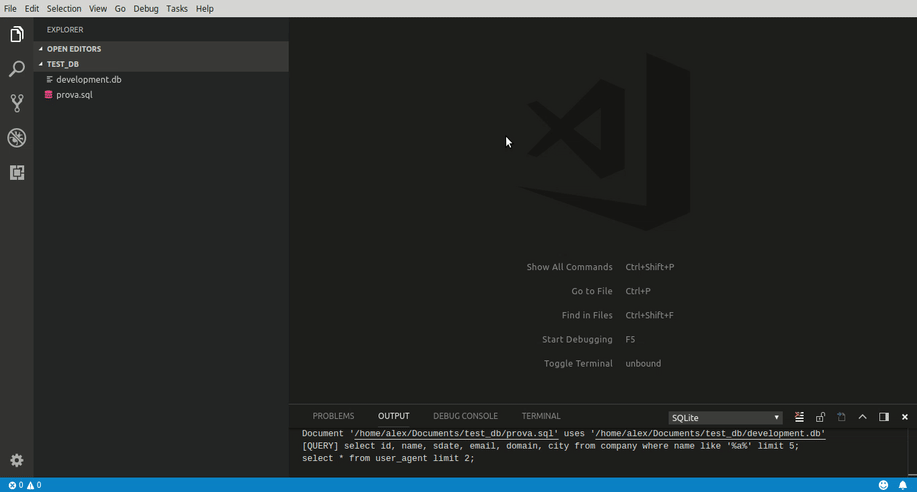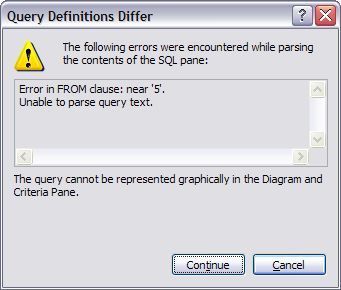

Would this be helpful, or magical stuff that developers didn’t trust? Would developers realize we were changing the classes that were instanced on other forms? If they didn’t know this at first, what would they think when they figured this out. It now has additional columns, and the query may be changed as well. The net affect of this is we’ve actually changed what Form1 is working with. Of course we’d merge the queries as well.
Or we could do what appears to be the smarter thing and merge the CustomerDataTable from Form1 with that of Form2. We could either create a 2 nd dataset named NorthwindDataSet1 and thus pollute your project with a bunch of DataSets each time you drag to the form. When you dragged additional columns to Form2, we have a choice. We then instance these on the form and databind controls to them. When you dragged the columns from Server Explorer to your form, behind the scenes we created a Typed DataSet and a Typed DataAdapter. Form2 had additional columns which are now part of the schema of Form1 as well. So you change the default query on Form2 to load only those customers with a particular name WHERE Name LIKE Depending on where you’ve done this, you will break Form1 as Form1 wasn’t expecting to provide as a parameter. You press F5 and life seems good except you really don’t want all 50,000 customers loaded into your form. You then create Form2 and all the columns and create a DataGridView. You then drag the Id and Name from the Customers table to Form1. You create a connection to your database in Server Explorer. In order to give a complete experience we’re creating typed DataSets and Typed DataAdapters that are shared throughout the project. #Add sqllite to visual studio server explorer code#
Note: you do need to have a subscription to view the whole article, but hey, code is a great magazine J Once an article is two months old, they open it up to the public… See the Sept/October issue of for my article on Drag Once DataBinding.

So, in comes Whidbey features where we now can create controls, labels, name them, and databind them. You have to navigate through the property grid, expand the DataBindings section and select the DataSet and Column. You now have to drag controls from the toolbox (both a data entry control such as a textbox and a label).
Now, you still don’t have data bound controls. And of course the DataAdapter was named SqlDataAdapter5 and the DatSet was named DataSet3. You had to choose to create a new dataset, or merge with an existing one. Then you had to make sure the was checked. With the untyped, configured DataAdapter on the form, you then had to right click and choose Create DataSet. We gave you an untyped, configured DataAdapter In 2003 you could drag from Server Explorer to your form, but we didn’t give you textboxes and labels. I’ve got my database, and I want it on my form (period).įirst, lets look at what we had in 2002, 2003. We know this is a very intuitive way to work. The installer is pretty horrible… but if you pass the intelligence test you will be rewarded with tools that make it very easy to drop databases (and many other useful tasks).This was one of the hardest decisions we had to make. If you don’t have SQL Server Object Explorer then I’d seriously consider just installing the Express version of SQL Server Management Studio. 
The script syntax is very simple – DROP DATABASE Now write a script to drop the database and execute it (right-click –> Execute).

This one will work with all SKUs of Visual Studio 2012.Ĭonnect to the master database of your database server. Once you have connected to your database server you can delete a database by right-clicking on it and selecting Delete (or selecting it and hitting the Del key). You’ve probably only got this if you parted with some hard earned cash to buy your copy of VS (or convinced your employer to do so ) If you have a SKU of Visual Studio that includes SQL Server Object Explorer (SSOE) then it’s pretty easy. Seems like it should be easy right? It depends which SKU of Visual Studio you have…








 0 kommentar(er)
0 kommentar(er)
